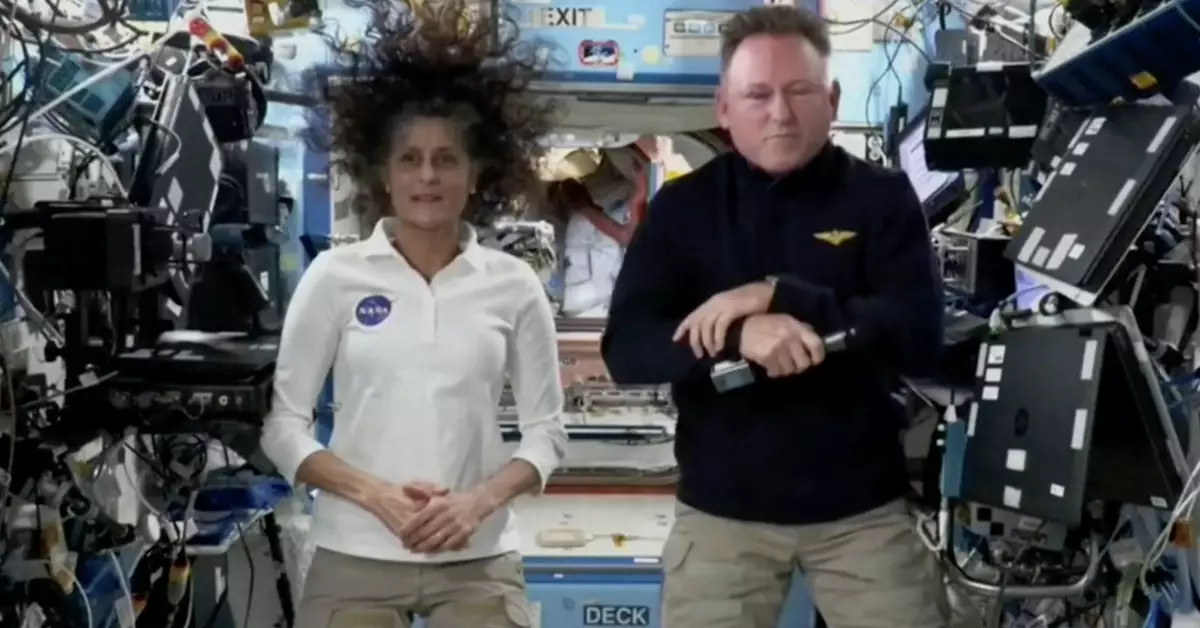In a not-unexpected twist in the world of space exploration, NASA astronauts Suni Williams and Butch Wilmore find themselves extending their stay aboard the International Space Station (ISS). Originally intended to return to Earth following the latest mission, their planned homecoming aboard the Boeing Starliner was derailed due to technical issues that were uncovered just prior to what was supposed to be their return flight. Instead of becoming passengers onboard their intended spacecraft, they now continue their essential work on the ISS, wholeheartedly integrated into the current crew.
During a recent press conference, Wilmore addressed the challenges encountered with Boeing Starliner candidly. His remarks emphasize the complexities involved in space missions—indeed, the operations themselves are rarely as straightforward as they appear. “This operation is not easy. NASA does a great job of making a lot of things look easy,” he remarked, highlighting the intricate web of factors that contribute to space travel’s high-stakes nature. The revelation of thruster issues and helium leaks from the Starliner serves as a sobering reminder of the unpredictability inherent in aerospace endeavors. The dedication of NASA’s teams was underscored, as it is their diligence that allows the exploration of distant probes and even human presence beyond our atmosphere.
What’s particularly noteworthy is how both astronauts have embraced this change in plans. Transitioning to the ISS crew was a manageable task for the duo, aided by their extensive preparation prior to their flight. Williams pointed out that their long-standing familiarity with the mission’s demands allowed for a smooth integration into the ISS operations. Instead of viewing this unexpected situation as an inconvenience, they both seem to relish the chance to experience the station more deeply.
Williams, poised to take command aboard the ISS soon, remarked on the joy of working in space. The astronauts’ excitement is palpable—despite little time to return on Starliner, they now have the unique opportunity to become adept with different spacecraft, highlighting the essence of their roles as test pilots. “We’re excited to fly in two different spacecraft; I mean, we’re testers, that’s what we do,” Williams noted. This adaptability and enthusiasm not only showcases the astronauts’ professionalism but also highlights NASA’s ethos of training individuals who can thrive under unforeseen circumstances.
Looking ahead, NASA’s Crew-9 mission is on the horizon, with an anticipated launch later this month. While Wilmore and Williams are set to return to Earth in a SpaceX Dragon capsule, their time aboard the ISS serves as a testament to their resilient spirit and commitment to advancing human spaceflight. “Space is my happy place,” Williams remarked, encapsulating the sentiment that, in the grand scheme of space exploration, challenges only serve to fortify their resolve and dedication.
In a field where uncertainty is a given, the attitude exhibited by these two astronauts underscores a vital lesson: resilience in the face of adversity can lead to unique experiences that may ultimately contribute to the greater good of space research and exploration.

